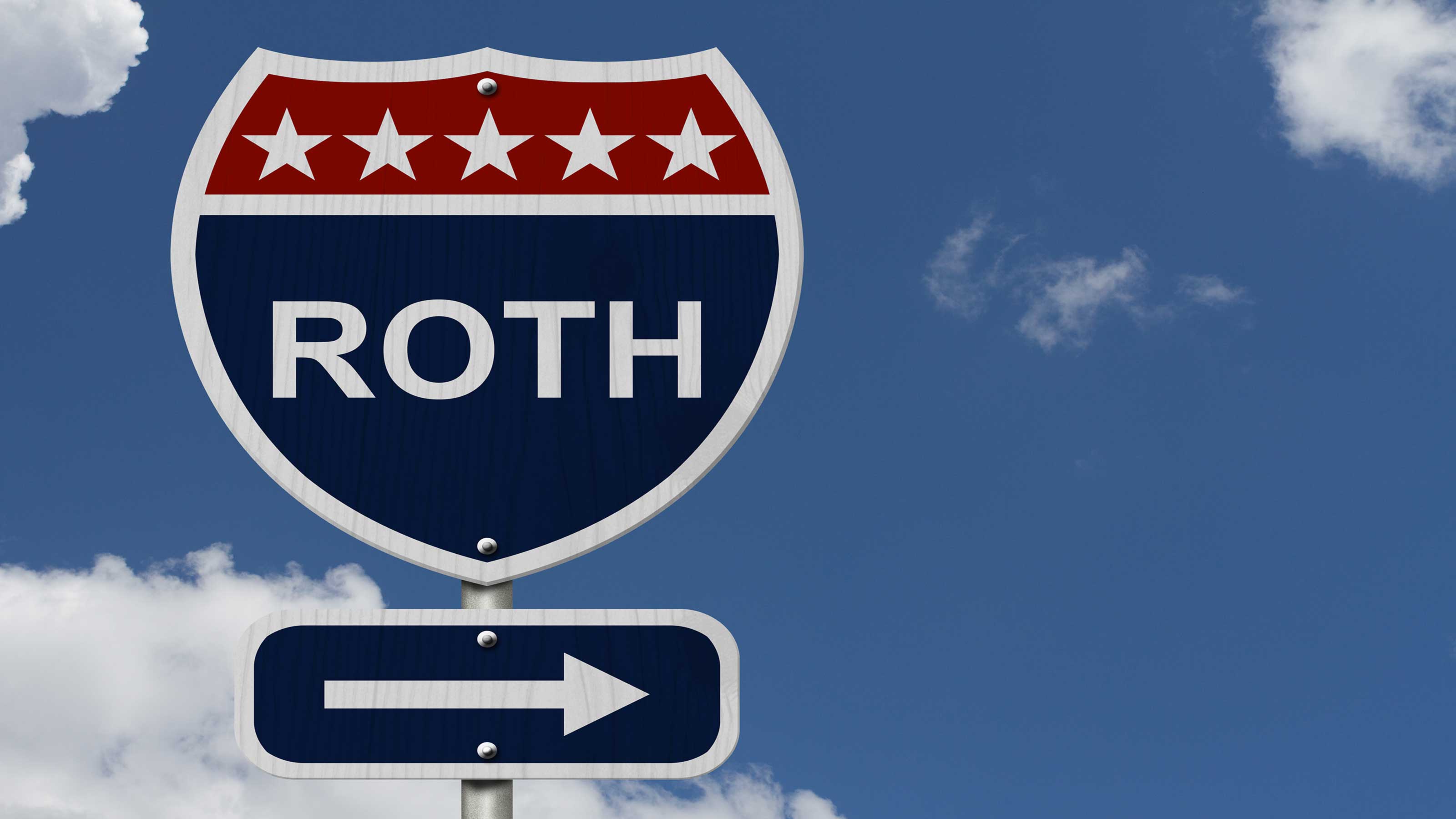Easy Steps for First-Time Taxpayers
Whether it's your very first time or just your first time filing without Mom and Dad's help, we have the basics on filing your 2011 tax returns.
If you got your first job last year, you may have been agitated every payday to see how much of your salary was going to the tax man. If you’re like most taxpayers, tax filing time is payback time. So don’t think of filling out your tax forms as a pain. Instead, think of it as sending a bill to the IRS, demanding a refund of the amount by which you overpaid your taxes in 2011. Every year, three out of four filers get refunds.
Do you have to file? That depends on your income in 2011 and whether or not your folks will claim you as a dependent on their return (as is often the case for the year you graduate from college). If you are a dependent, you have to file if your gross income was at least $5,800; if they don’t claim you, the threshold is higher: $9,500. But even if you don’t have to file, you’ll want to, in order to reclaim income tax withheld from your paycheck.
Don’t treat your tax return like a term paper…by leaving it until the last minute. The absolute due date this year is April 17 (it was pushed back because April 15 falls on a Sunday and the next day is a holiday in the District of Columbia). However, the earlier you file, the better, since you will receive the money faster.

Sign up for Kiplinger’s Free E-Newsletters
Profit and prosper with the best of expert advice on investing, taxes, retirement, personal finance and more - straight to your e-mail.
Profit and prosper with the best of expert advice - straight to your e-mail.
What you need. If you’ve filed before, the best way to prep for tax season is to use last year’s tax return as a road map. You can find the federal and state forms you need online at irs.gov or through the website of the Federation of Tax Administrators. Also, keep an eye out for important tax documents that come in the mail, such as the W-2 form from your employer or 1099 forms if you did freelance work. Employers should have sent these forms out by January 31. If not, give them a call.
Start with the feds. Since state forms often ask for numbers from your federal return, you’ll want to do the federal form first. Most young taxpayers can file the 1040EZ, which is the easiest form and has no supplementary forms. To qualify, you cannot claim any dependents and your taxable income must be less than $100,000.
But don’t shy away from longer forms -- the 1040A or the full-fledged 1040 -- if one of them is your ticket to tax savings.
To itemize or not to itemize. Overall, two-thirds of all taxpayers claim the standard deduction, rather than itemizing, and the percentage is probably higher for younger workers. You itemize only if your qualifying expenses (such as state and local taxes, mortgage interest, charitable contributions) during the year exceed the 2011 standard deduction amounts of $5,800 if you’re single and $11,600 if you’re married. Otherwise, the standard deduction is not only simpler, but also more valuable.
Deductions for nonitemizers. But don’t think itemizers are the only ones who get deductions. There is a sweet group of write-offs called “above the line” deductions that you can use to reduce your adjusted gross income. A few of these deductions are open to those who use the 1040A; you’ll find the full selection on the 1040. Don’t be intimidated by the long form. You can simply skip the lines that don’t apply to you. Can you benefit from any of these deductions open to nonitemizers?
Student loan interest. If you (or your parents) paid interest in 2011 on your student loans, you can write off up to $2,500 of that expense.
Classroom supplies. Pre-K through grade 12 teachers can deduct up to $250 they spent on classroom supplies in 2011.
National Guard and reservist expenses. If you are a member of the armed forces reserves and travel more than 100 miles from home for drill meetings, you can deduct your unreimbursed travel expenses, including an allowance for driving your own car (51 cents a mile for the first half of 2011 and 55.5 cents a mile for qualifying trips starting July 1) and food and lodging expenses.
Moving expenses. If you moved in 2011 to start a new job, you may qualify to deduct expenses like the cost of traveling, packing, hauling a trailer and even storage of your possessions for up to 30 days. If you moved to take your first job, the location must be at least 50 miles from your old home. If you drove your own car, you can deduct 19 cents a mile for moves during the first half of 2011 or 23.5 cents a mile starting July 1. You can deduct the cost of your lodging and tolls, but not meals.
Self employment. If you are self-employed and earn $400 or more, you have to pay the self-employment tax, but you will also receive a deduction for part of what you pay to shave your income tax bill. In past years, the write-off was for 50% of the self-employment tax; for 2011, though, it’s 57.51% or 59.6%, depending on your self-employment income. Do the math carefully on your Schedule SE so that you don’t shortchange yourself.
State forms. After you complete your federal tax form, you will need to file your state tax return or, if you moved during year, perhaps multiple state forms. Filing part-year resident forms in multiple states can be a real pain. But be patient and read the rules carefully. You don’t want to accidentally pay tax on the same income more than once.
Free tax prep exists. The IRS’ website provides some options for the federal form. If your income is under $57,000, you can access tax prep software from the IRS’ Free File program and complete and file your return electronically at no cost. Taxpayers of any income level can use Free File Fillable Forms. And those with 1040EZs can use the free H&R Block app available on the iPhone (and coming around February 22 to Android). You simply take a picture of your tax form, review the imported info and e-file it. It’s a great deal for early birds, but beware, beginning February 29 it will cost you.
Picking a preparer. Should your tax situation get too tricky, there are plenty of preparers to choose from. Be sure to check the person’s qualifications and history, and review the entire return before signing it. Also, make sure the preparer signs the forms and includes his or her tax identification number (PTIN), which is required by law.
Getting your money. You don’t need to wait for the IRS to send you a check. You can choose an electronic deposit directly into a checking or savings account, or split your refund between two or three accounts. This way, you get your money even faster and don’t have to worry that the check will be lost in the mail.
As you await your refund, ask yourself whether it would make more sense to get more of your money as you earn it this year rather than put yourself in the wait-for-a-refund mode again next year. If your refund is over $500, consider filing a new W-4 form with your employer. That’s the form that controls how much is withheld from each paycheck. Check out our tax withholding calculator to see if you can cut withholding and fatten up your paychecks.
Get Kiplinger Today newsletter — free
Profit and prosper with the best of Kiplinger's advice on investing, taxes, retirement, personal finance and much more. Delivered daily. Enter your email in the box and click Sign Me Up.
-
 Stock Market Today: Stocks Soar on China Trade Talk Hopes
Stock Market Today: Stocks Soar on China Trade Talk HopesTreasury Secretary Bessent said current U.S.-China trade relations are unsustainable and signaled hopes for negotiations.
By Karee Venema
-
 2026 Disney Dining Plan Returns: Free Dining for Kids & Resort Benefits
2026 Disney Dining Plan Returns: Free Dining for Kids & Resort BenefitsPlan your 2026 Walt Disney World vacation now. Learn about the returning Disney Dining Plan, how kids aged three to nine eat free, and the exclusive benefits of staying at a Disney Resort hotel.
By Carla Ayers
-
 Why You Need a Roth IRA
Why You Need a Roth IRARoth IRAs With this indispensable savings tool, your money grows tax-free, you can invest in almost anything and you get several cool perks.
By Rocky Mengle
-
6 Ways to Profit From Your Passions
business Generate extra income by turning an interest or hobby into a moneymaker.
By Gillian B. White
-
A Beginner's Guide to Filing Your Taxes
taxes Tax season can be daunting, especially for first-time filers. Here are some tips to get you started and keep your costs to a minimum.
By Gillian B. White
-
Financial Advice in Honor of Dr. Seuss
savings We don't know if Dr. Seuss had any financial wisdom for 20-somethings. But in honor of his 108th birthday, we summarized our own advice in verse.
By John Miley
-
 Cost-of-Living Reality Check
Cost-of-Living Reality CheckSmart Buying Heading out into the real world? Don't walk blindly. We show you how much life's expenses typically cost to help you anticipate your finances and build a budget.
By Erin Burt
-
Taxes for Newbies
taxes Filing for the first time on your own? Relax. We show you what forms and documents you need, explain the terms you need to know and dish out tips to make sure you don't overpay Uncle Sam. Plus, how to know if you need professional help.
By Erin Burt
-
Give Yourself a Raise
Employee Benefits Whether you've been on the job 10 days or 10 years, here are five ways to get more out of your paycheck and boost your effective income right now -- without having to beg your boss for a raise.
By Erin Burt